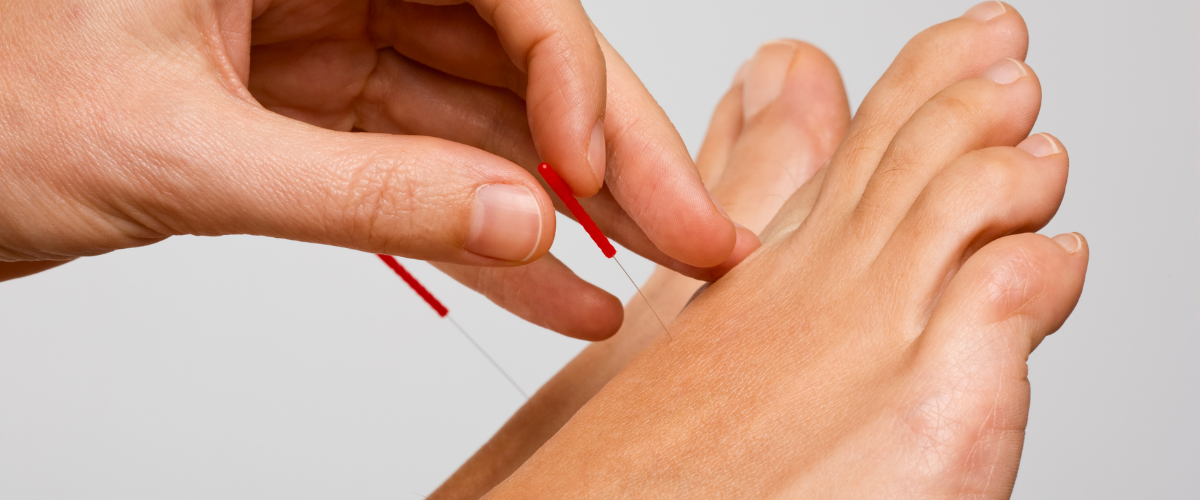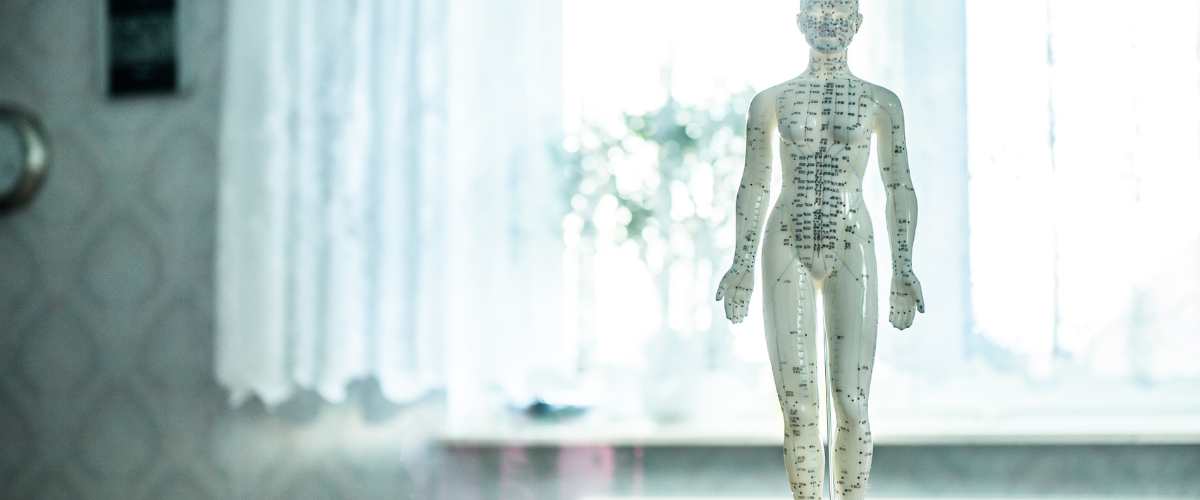Extreme lower back pain can be a debilitating condition that affects countless individuals worldwide. While there are various treatment options available, acupuncture has emerged as a promising alternative therapy for alleviating such intense discomfort. With its origins in ancient Chinese medicine, this holistic approach involves the insertion of thin needles into specific points on the body to stimulate energy flow and promote natural healing. By targeting the root cause of the pain rather than merely addressing the symptoms, acupuncture offers a unique and effective solution for individuals seeking relief from extreme lower back pain.

What are the potential causes of extreme lower back pain?
Extreme lower back pain can have several potential causes. One common cause is a muscle strain or ligament sprain, which can occur due to improper lifting, sudden movements, or overuse of the back muscles. Another possible cause is a herniated disc, where the soft cushion between the vertebrae slips out and puts pressure on the surrounding nerves. Degenerative conditions like osteoarthritis or spinal stenosis can also lead to extreme lower back pain. In some cases, infections, tumors, or kidney problems can cause severe pain in the lower back. Additionally, poor posture, obesity, stress, and emotional factors can contribute to or exacerbate lower back pain. It is important to consult a healthcare professional for an accurate diagnosis and appropriate treatment plan.

How can extreme lower back pain be diagnosed?
Extreme lower back pain can be diagnosed through various methods. Firstly, a medical professional will conduct a thorough physical examination, assessing the patient’s range of motion, muscle strength, and reflexes. They may also inquire about the patient’s medical history to identify any potential underlying conditions or risk factors. Diagnostic imaging tests, such as X-rays, MRI scans, or CT scans, can provide detailed images of the spine, allowing doctors to identify any structural abnormalities, fractures, herniated discs, or spinal stenosis that may be causing the severe pain. In some cases, blood tests may be conducted to rule out infections or inflammatory conditions. Ultimately, combining these assessments and test results helps physicians accurately diagnose the cause of extreme lower back pain and develop an appropriate treatment plan.
What are the most effective treatment options for extreme lower back pain?
The most effective treatment options for extreme lower back pain may vary depending on the underlying cause, but some common approaches include a combination of medication, physical therapy, and lifestyle modifications. Nonsteroidal anti-inflammatory drugs (NSAIDs) or muscle relaxants can help alleviate pain and reduce inflammation. Physical therapy aims to strengthen the core muscles, improve flexibility, and correct posture. Additionally, techniques such as heat or cold therapy, massage, acupuncture, and spinal manipulation by a chiropractor may provide relief. In severe cases, surgical intervention might be recommended. It is important to consult with a healthcare professional to determine the best course of treatment based on individual circumstances.
Are there any lifestyle changes that can help alleviate extreme lower back pain?
Yes, there are several lifestyle changes that can help alleviate extreme lower back pain. First and foremost, maintaining a healthy weight is essential as it reduces the strain on the lower back. Regular exercise, focusing on strengthening the core muscles and improving flexibility, can also help support the spine and reduce pain. Practicing good posture, both while sitting and standing, is crucial in preventing further damage to the lower back. It is also important to take breaks and avoid prolonged periods of sitting or standing. Additionally, adopting stress-reducing techniques such as mindfulness meditation or yoga can help manage pain as stress and tension can exacerbate lower back discomfort. Lastly, avoiding activities that involve heavy lifting or repetitive motions that strain the lower back can prevent further injury and promote healing.
Can extreme lower back pain be a symptom of a more serious underlying condition?

Yes, extreme lower back pain can sometimes be a symptom of a more serious underlying condition. While lower back pain is commonly caused by muscle strain or injury, it can also be indicative of conditions such as herniated discs, spinal stenosis, kidney stones, and even certain types of cancer. It is important to consult with a healthcare professional to determine the cause of the pain and to receive appropriate treatment if necessary.

Is surgery ever necessary for extreme lower back pain?
Surgery may be considered as a last resort for extreme lower back pain that has not responded to conservative treatments. It is typically recommended when there is evidence of structural damage or compression on the nerves in the spine, such as herniated discs, spinal stenosis, or degenerative disc disease, which cannot be effectively treated through non-invasive methods. Surgeons may opt for procedures like discectomy, laminectomy, or spinal fusion to alleviate pain and improve functionality in severe cases where alternative treatments have been exhausted. However, surgery is only considered when the benefits outweigh the potential risks, and it is important to consult with a medical professional to determine the most appropriate course of action.
Can physical therapy or exercise worsen extreme lower back pain?
Physical therapy or exercise generally do not worsen extreme lower back pain. In fact, they are often recommended as part of the treatment plan for such conditions. Physical therapy aims to strengthen the muscles supporting the spine and improve flexibility, which can help alleviate pain and prevent further injury. However, it is important to consult with a healthcare professional or physical therapist before starting any exercise program, as they can provide guidance on specific exercises and techniques that are safe and appropriate for individual circumstances.

Are there any preventative measures that can be taken to avoid extreme lower back pain?

Yes, there are several preventative measures that can be taken to avoid extreme lower back pain. Firstly, maintaining good posture while sitting, standing, and lifting heavy objects can help reduce strain on the back. Regular exercise, particularly activities that strengthen the core muscles and improve flexibility, can also prevent back pain. Additionally, individuals should practice proper body mechanics when engaging in physical activities and avoid repetitive motions that can strain the back. It is important to maintain a healthy weight and avoid smoking, as these factors can contribute to increased risk of back pain. Lastly, using ergonomic furniture and equipment at work and ensuring a comfortable sleeping environment can further help prevent lower back pain.
The Effectiveness of Acupuncture in Treating Extreme Lower Back Pain
In conclusion, acupuncture has shown promising results in the treatment of extreme lower back pain. Numerous studies have demonstrated its effectiveness in reducing pain and improving overall function in individuals suffering from this debilitating condition. By targeting specific acupoints, acupuncture helps to stimulate the body’s natural healing response, promoting pain relief and restoring harmony to the affected area. While further research is needed to fully understand the mechanisms underlying acupuncture’s efficacy, its non-invasive nature, minimal side effects, and potential for long-lasting relief make it a valuable option for those seeking alternative treatments for extreme lower back pain.
